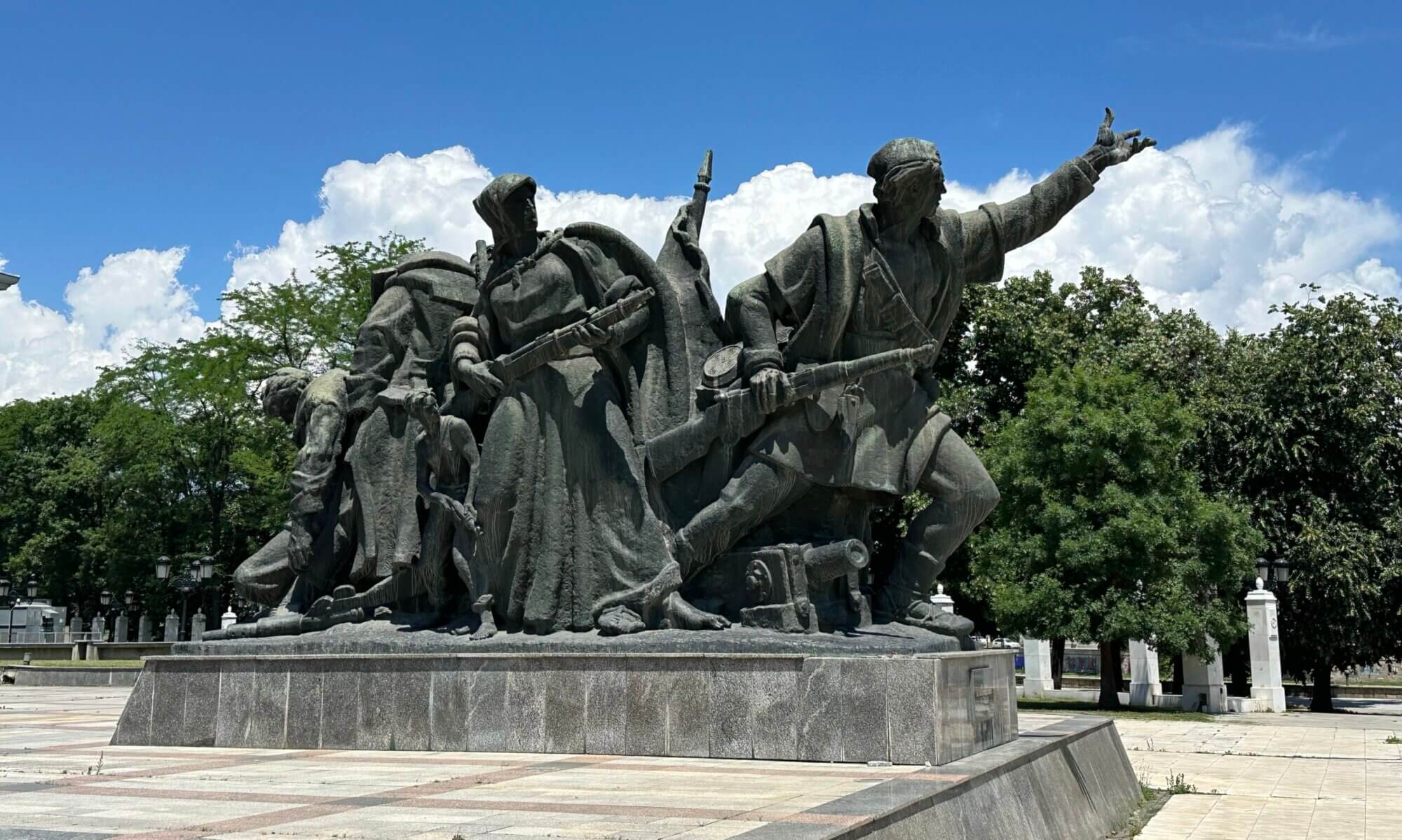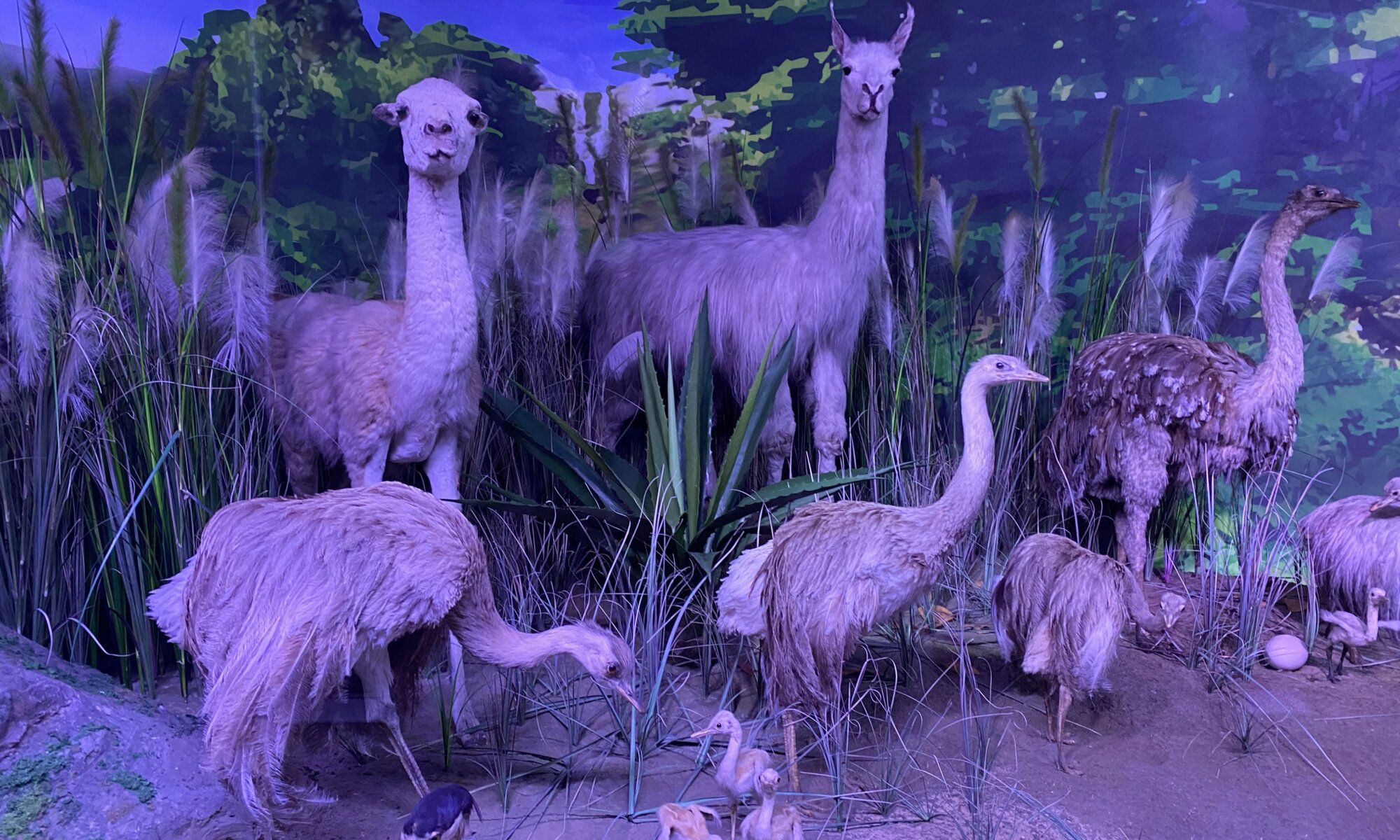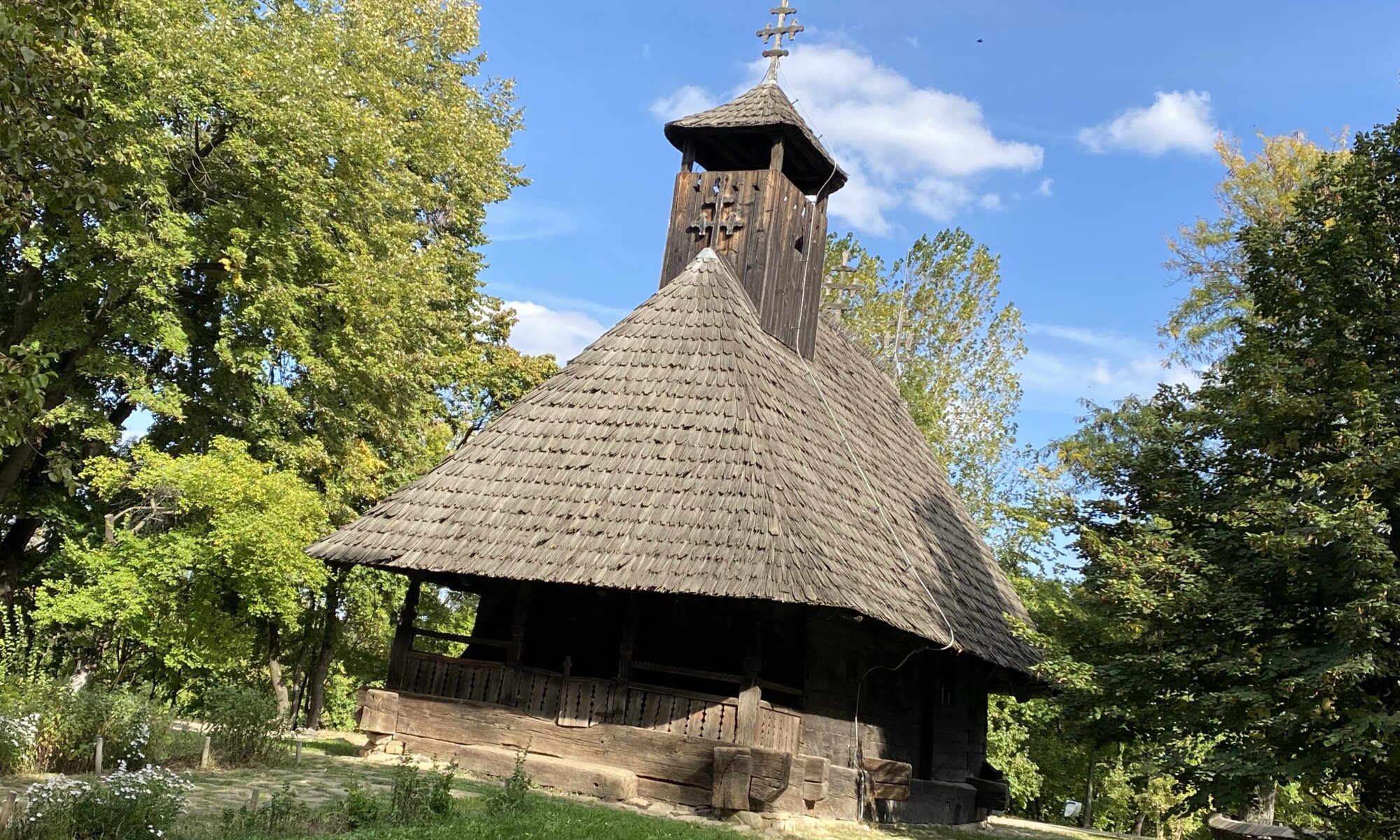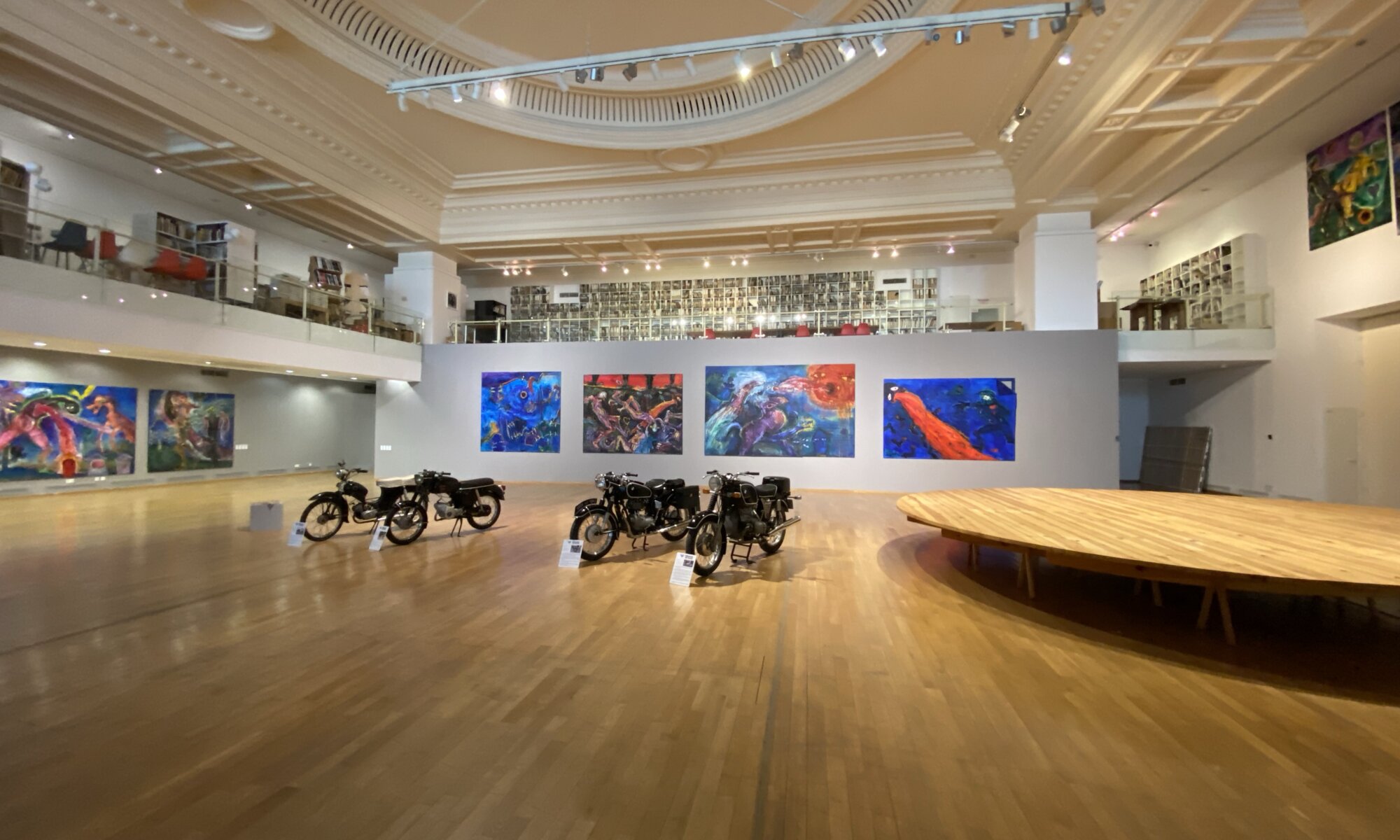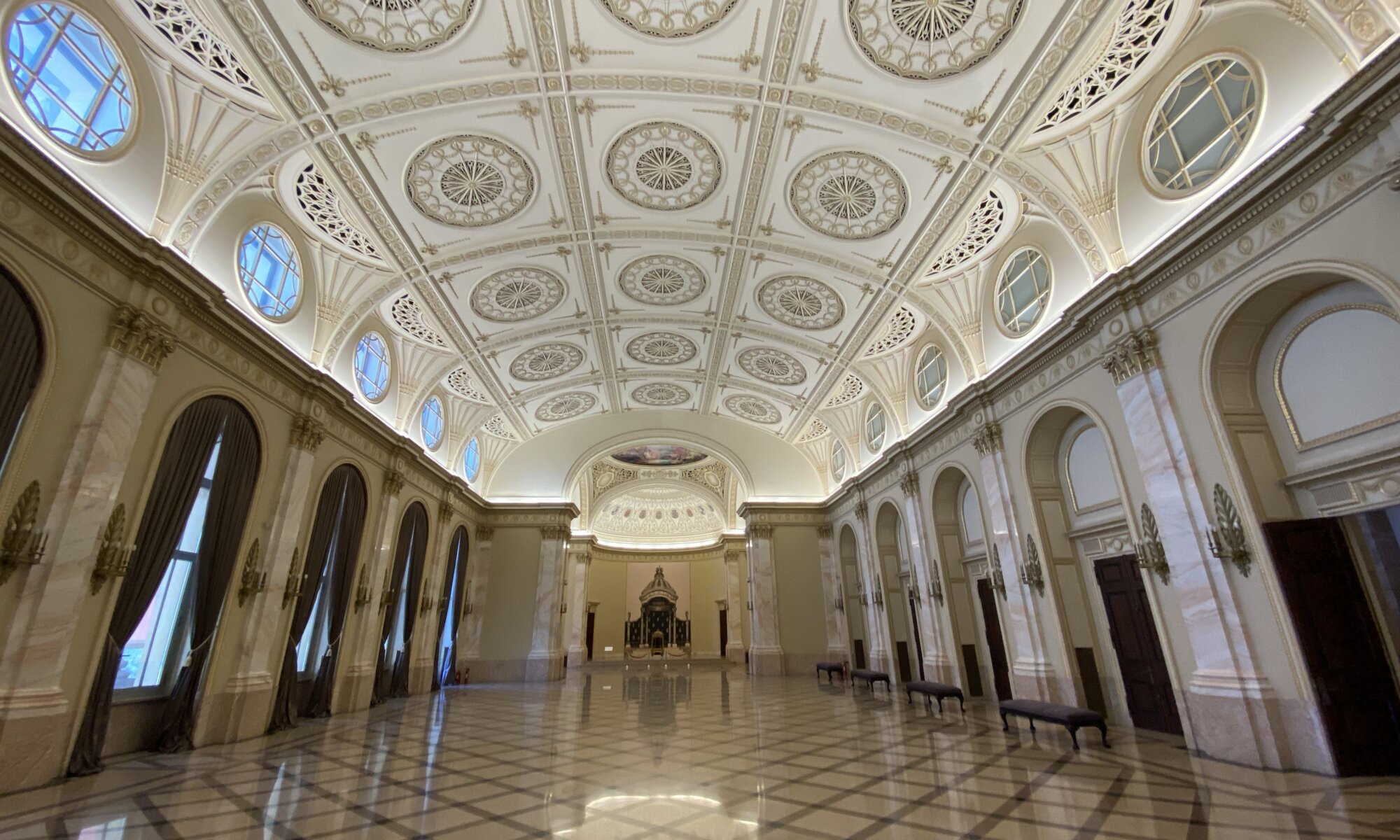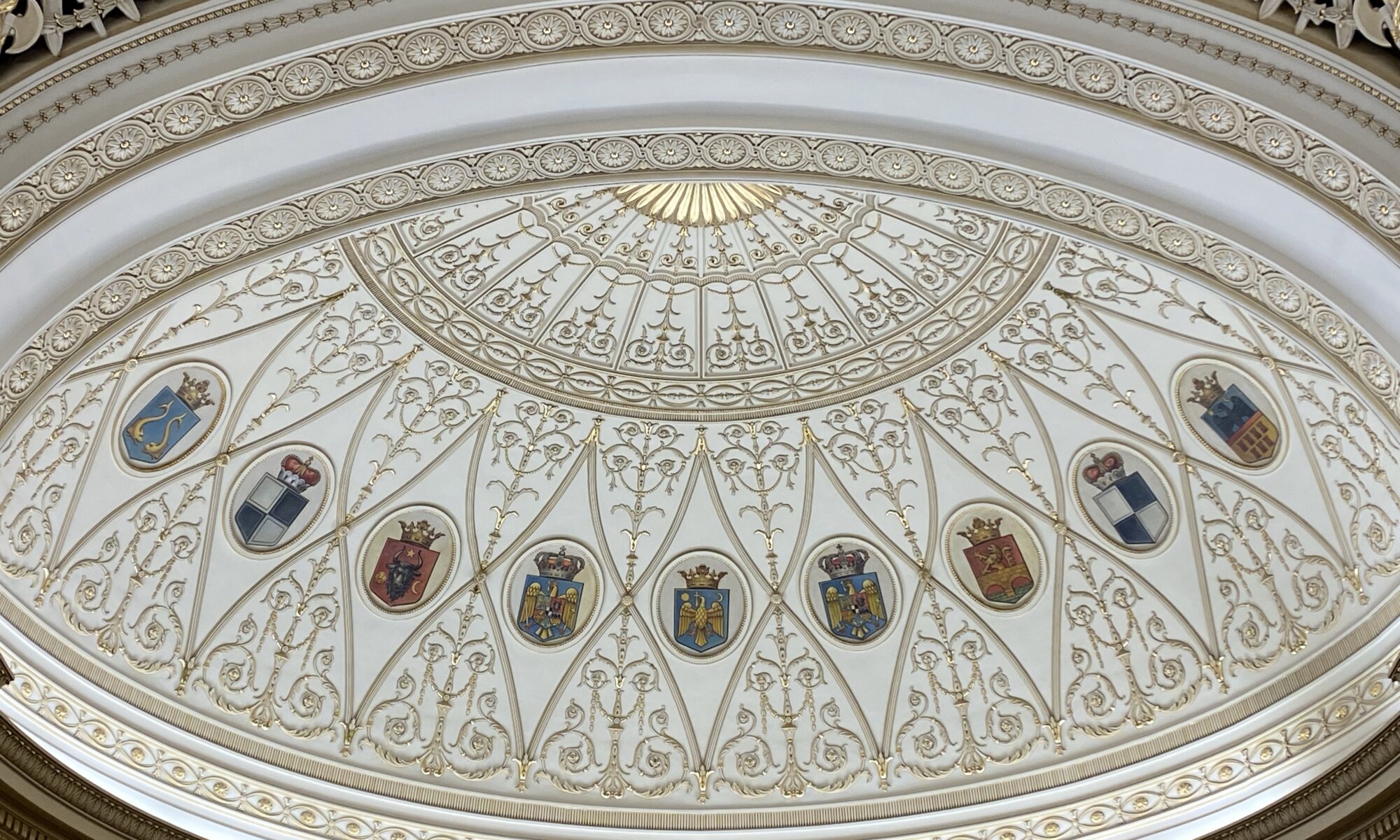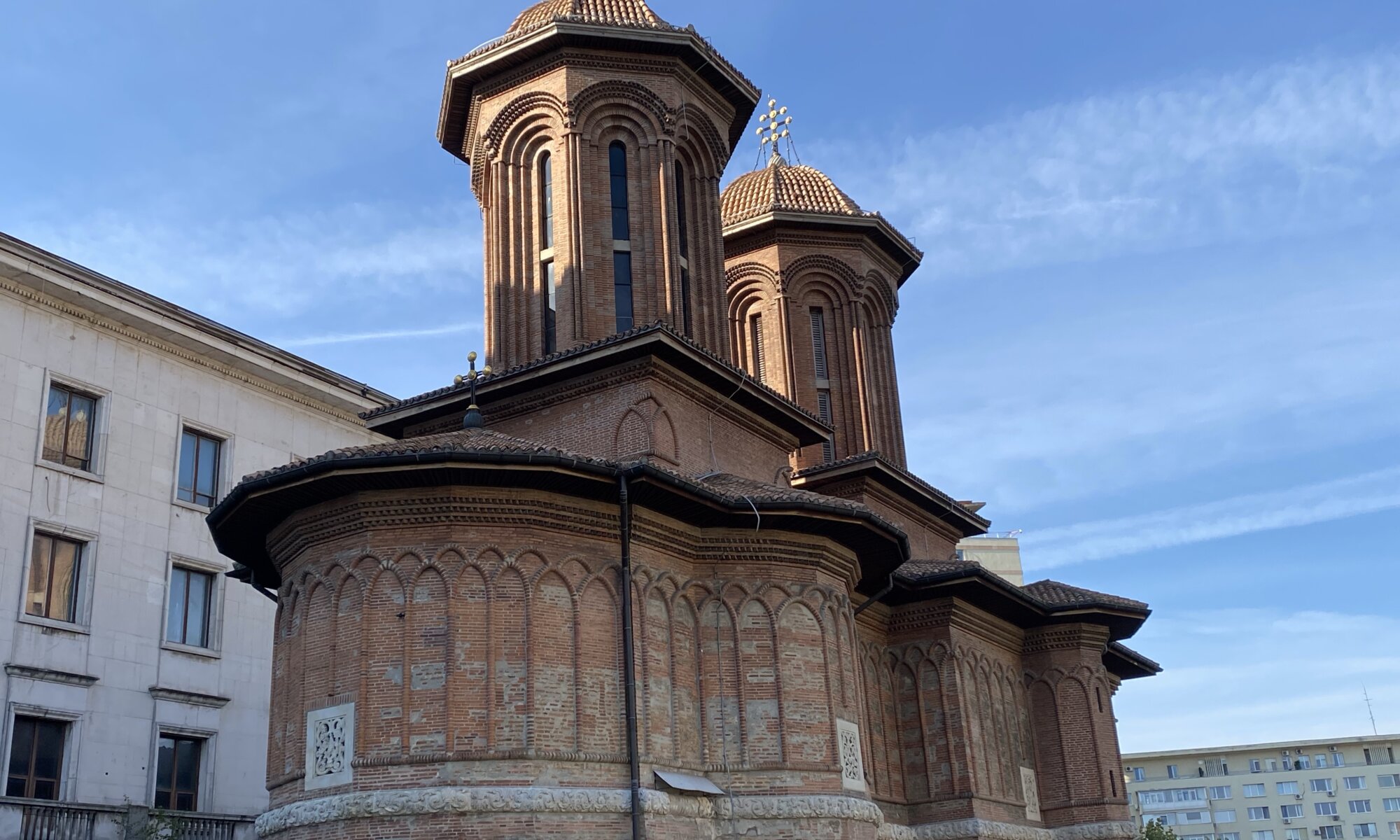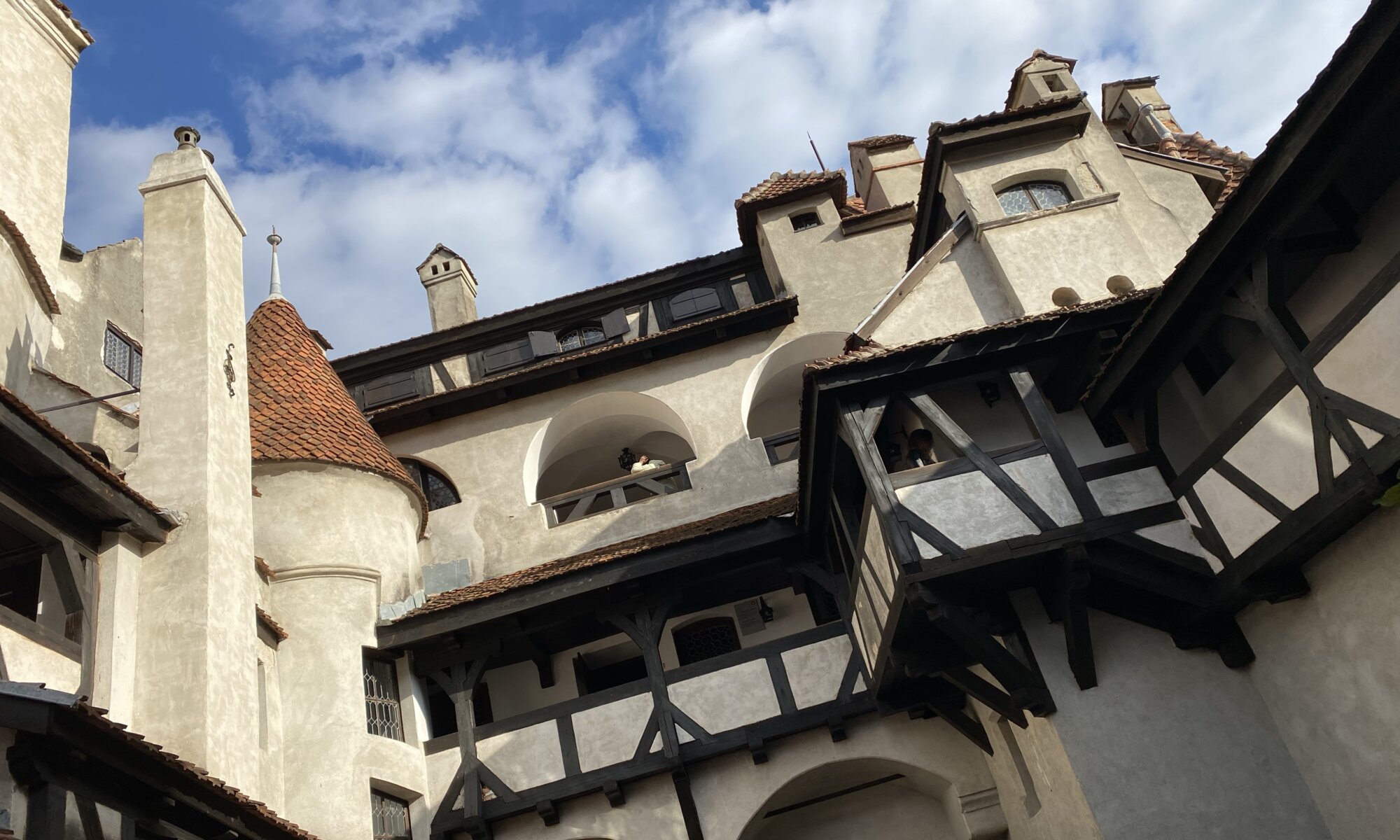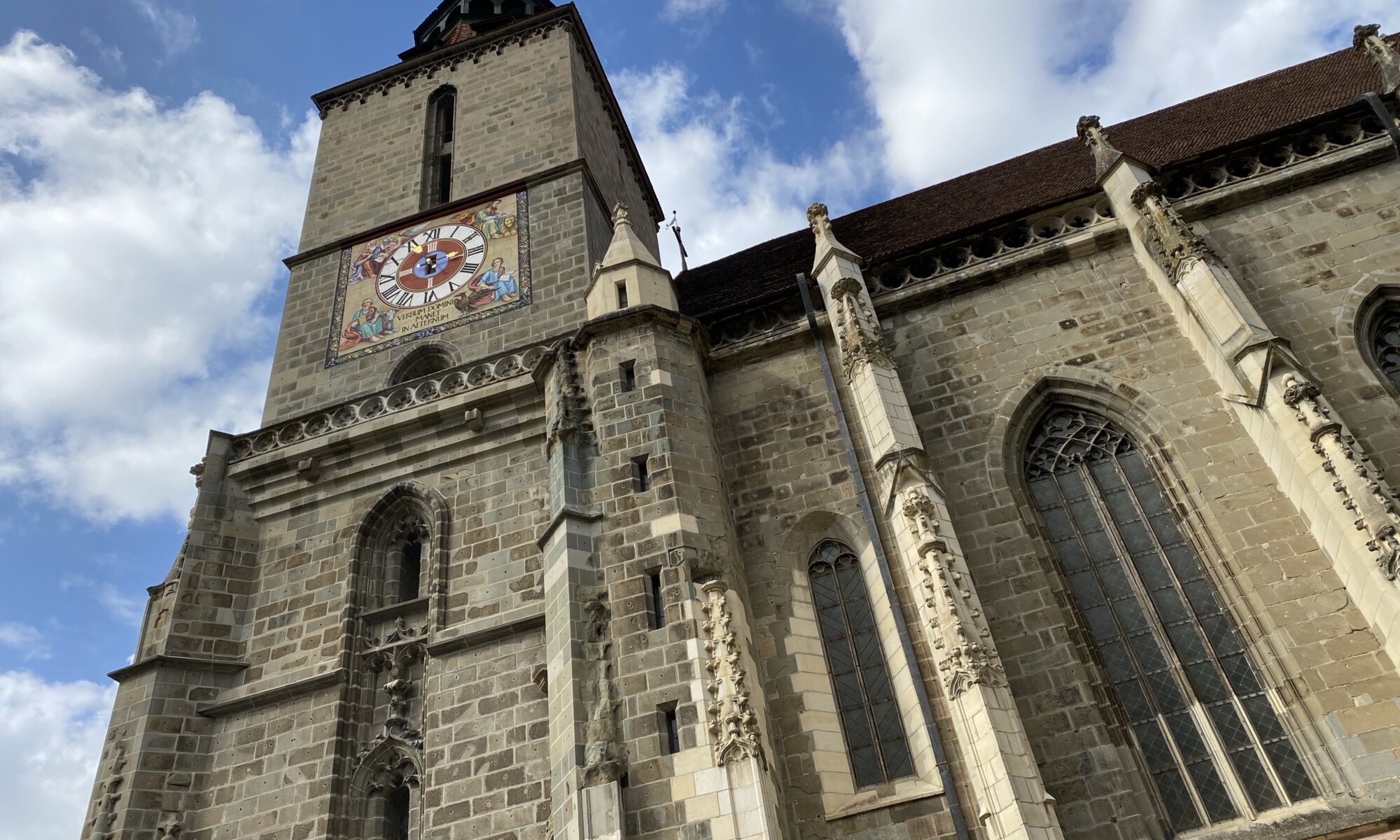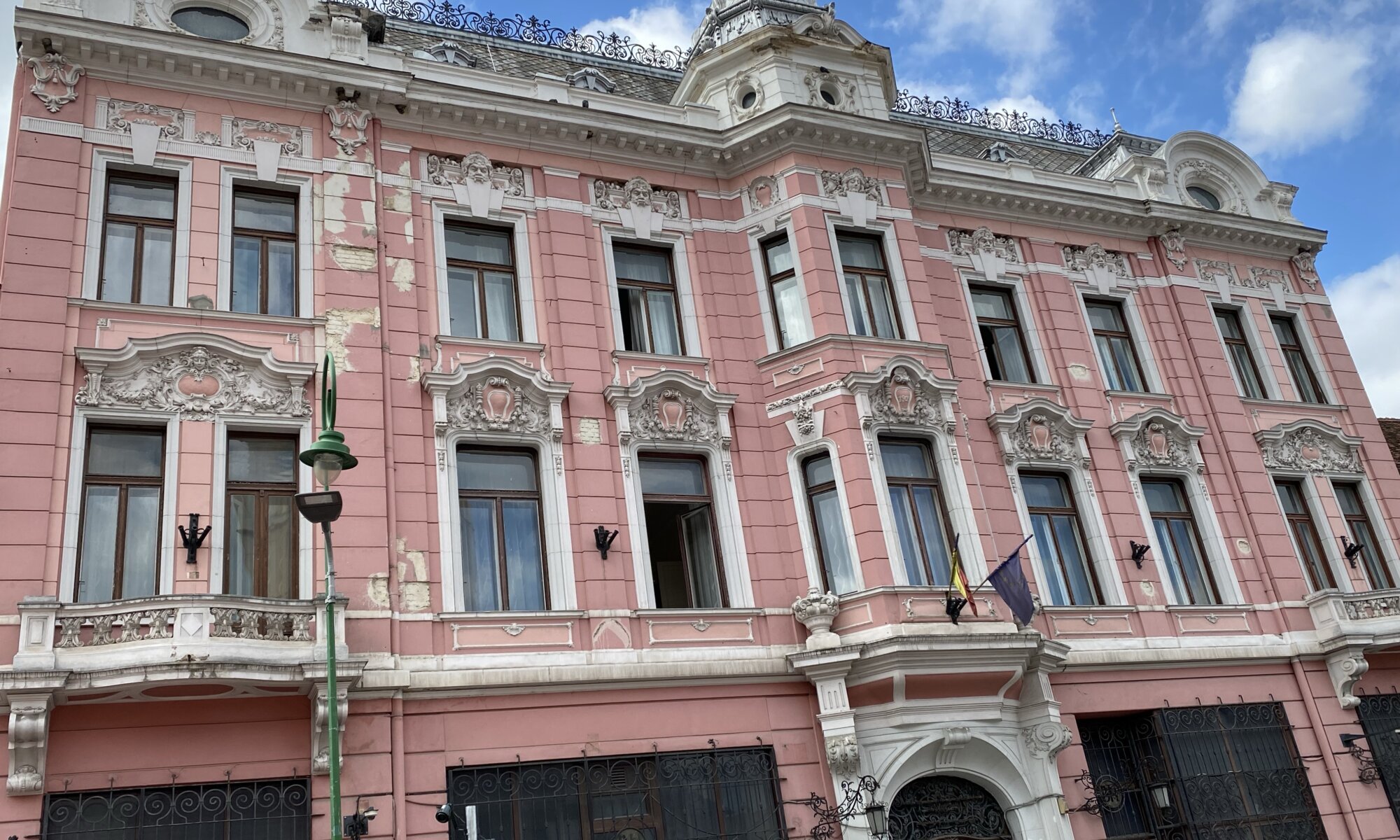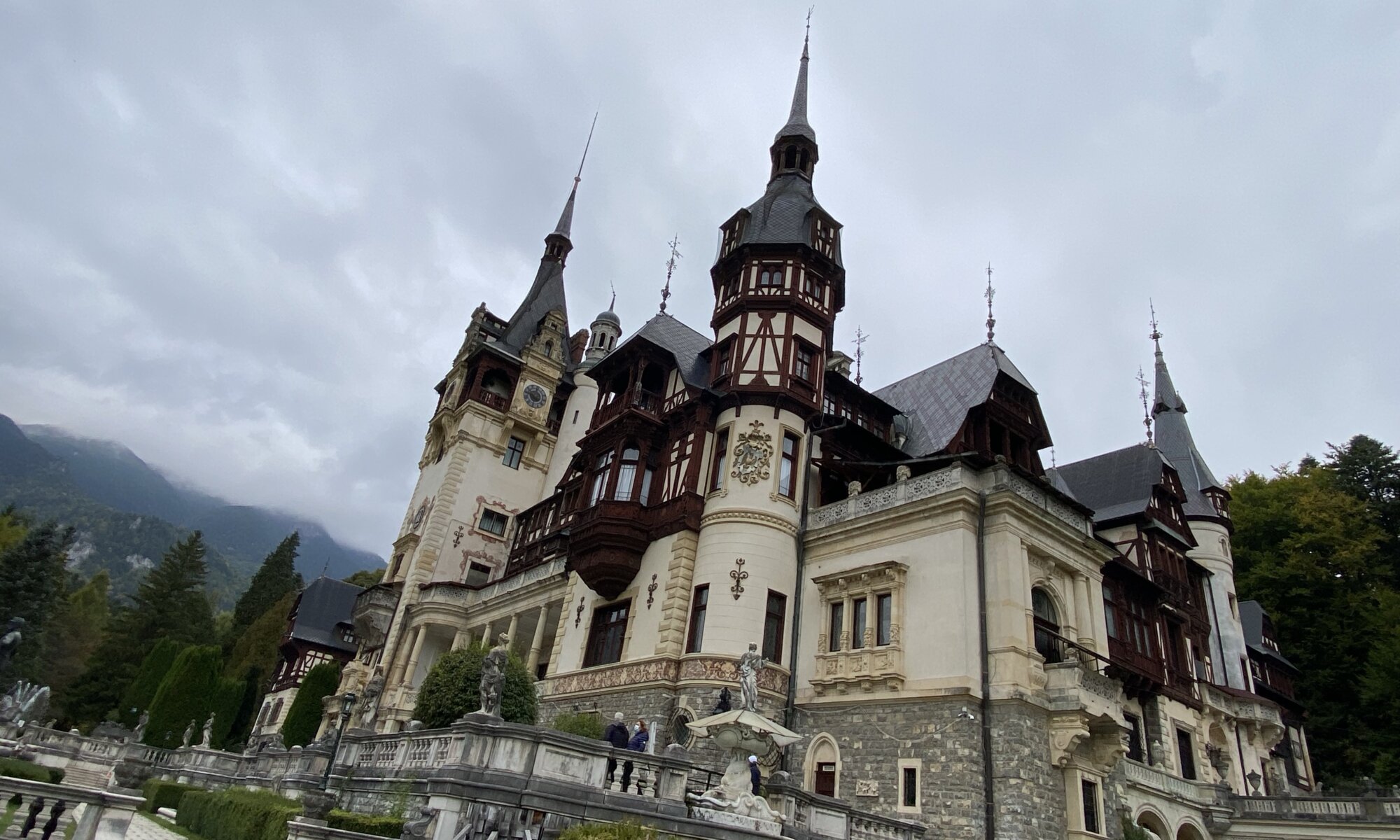The national history museum (Muzeul Național de Istorie Naturală) of București was already founded in 1834. In 1933 it was named after its director Grigore Antipa by king Carol II. It is a mix of ancient coins, stones, fossils, minerals and artworks connected to natural history of Romania.
Continue reading “Istorie Naturală”Life at the village
The national village museum (Muzeul Național al Satului) of București is an open-air museum founded in 1936. It is named after one of the three founders, Dimitrie Gusti, a professor, and minister of education. On 100,000 m2 you can see more than 250 authentic houses and farms from the different regions of Romania. It is interesting to see the different styles of the buildings which you can discover from the outside and inside.
Continue reading “Life at the village”Attached to the parliament
Never did I search so hard for the entrance to a museum than in case of the Muzeul Național de Artă Contemporană at București, Romania. It is located inside the giant parliament building (Palatul Parlamentului) which is well-secured and there is only one public entrance which brings you to the museum. But it is the only chance to enter the fantastic yet maniac Ceaușescu building and even if it would be only for the views from the roof terrace it would be worth it.
Continue reading “Attached to the parliament”Palatul Republicii
The royal palace of București (Palatul Regal) was built in 1936 for queen Marie and king Carol II. It served as the royal palace of Romania until king Michael I. was removed in 1947. During communist times it was renamed to palace of the republic (Palatul Republicii). Today you can visit a beautifully decorated palace, the former state rooms and art museums located within the palace.
Continue reading “Palatul Republicii”Two dolphins and three eagles
When you’re discovering ancient buildings (like the Palatul Republicii at București) you will come across the coat of arms of Romania. It shows a golden aquila holding a Christian cross, a crown, a mace and a sword. It is colored in the national colors of Romania: blue, yellow and red. But you can also find other animals on it like dolphins. Wait, what?
Continue reading “Two dolphins and three eagles”Biserica Crețulescu
When you’re walking through modern București, north of the old city center, you will come across the orthodox Crețulescu church. It’s worth to sit down on one of the benches next to it, to have a look at its special exterior in Brâncovenesc style, to watch the people move in and out even on business days making the sign of the cross. And to listen to the chants of believers while standing next to the decorated walls and the candles burning in front of the building.
Continue reading “Biserica Crețulescu”Castelul Bran
Who doesn’t know the famous tale of Bram Stoker? The story of Dracula, slightly rooted in the history of voivode Vlad Țepeș (or Vlad III., Vlad Dracul, Vlad the Impaler), brings lot of tourists to the castle of Bran. Vlad III. was member of the Order of the Dragon, giving him the byname Dracul. He probably never visited Bran castle, but as everybody is searching for traces of the story in Transylvania, the castle owners use this as good marketing. Within the castle you can find a small exhibition about vampires and other fictional creatures known in Romania.
Continue reading “Castelul Bran”Biserica Neagră
The Black Church is the main sight of Brașov, Romania. It is a protestant (formerly catholic) church in Gothic style built in the 13th century CE. In 1689 the city was burning, and the walls of the church turned black by the fire, therefore it received its current name. As an important church of the Siebenbürger Sachsen you can discover German inscriptions in several places.
Continue reading “Biserica Neagră”Kronstadt
Transylvania (or Siebenbürgen) is a region of Romania where different languages are spoken. It was once part of Austria-Hungary, and the Siebenbürger Sachsen have settled there, bringing the German language and culture to this area. Therefore, the cities always have at least two names: Bran is also Törzburg, Sibiu can be referenced to as Hermannstadt and Brașov is also known as Kronstadt (city of the crown). Transylvania itself translates as ‘through the forest’.
Continue reading “Kronstadt”Castelul Peleș
The castle of Peleș is beautifully located in the mountains above Sinaia, belonging to Wallachia. It was built for king Carol I. and was finished in 1883. The castle was built by Austrian und Czech architects and is massively decorated in different European styles. You can see a weapon collection, sculptures, and a lot of historic furniture. The paintings inside the building have been done by famous painter Gustav Klimt.
Continue reading “Castelul Peleș”